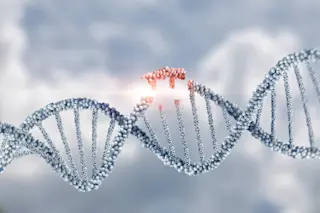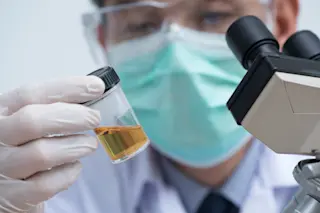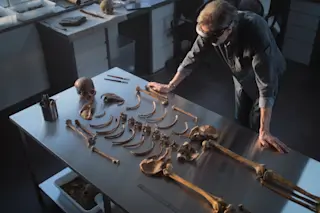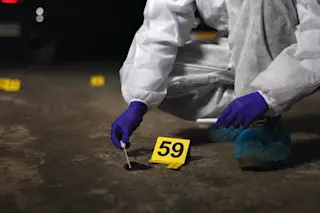Circumcision ranks among the world’s most common surgeries (and one of the oldest). After its removal, most foreskin is tossed as biological waste — but when they’re kept around, the leftover cells have proven a vital asset to medical research.
Foreskin-owners or not, most people may not know that the cells have been used since the 1970s to heal stubborn wounds. More recently, they’ve been used to test drugs and even to study confounding diseases. The cells’ next adventure: Since the early 2000s, scientists have laid the groundwork in wielding foreskin cells (along with other promising candidates) to repair damaged tissues and organs.
Foreskin contains a variety of helpful cells, but fibroblasts are the most abundant. These are most commonly extracted by scientists because they’re the main cell that composes connective tissue. Human foreskin fibroblasts (HFFs) therefore release growth-promoting materials like collagen, the body’s most plentiful protein, and help support ...














